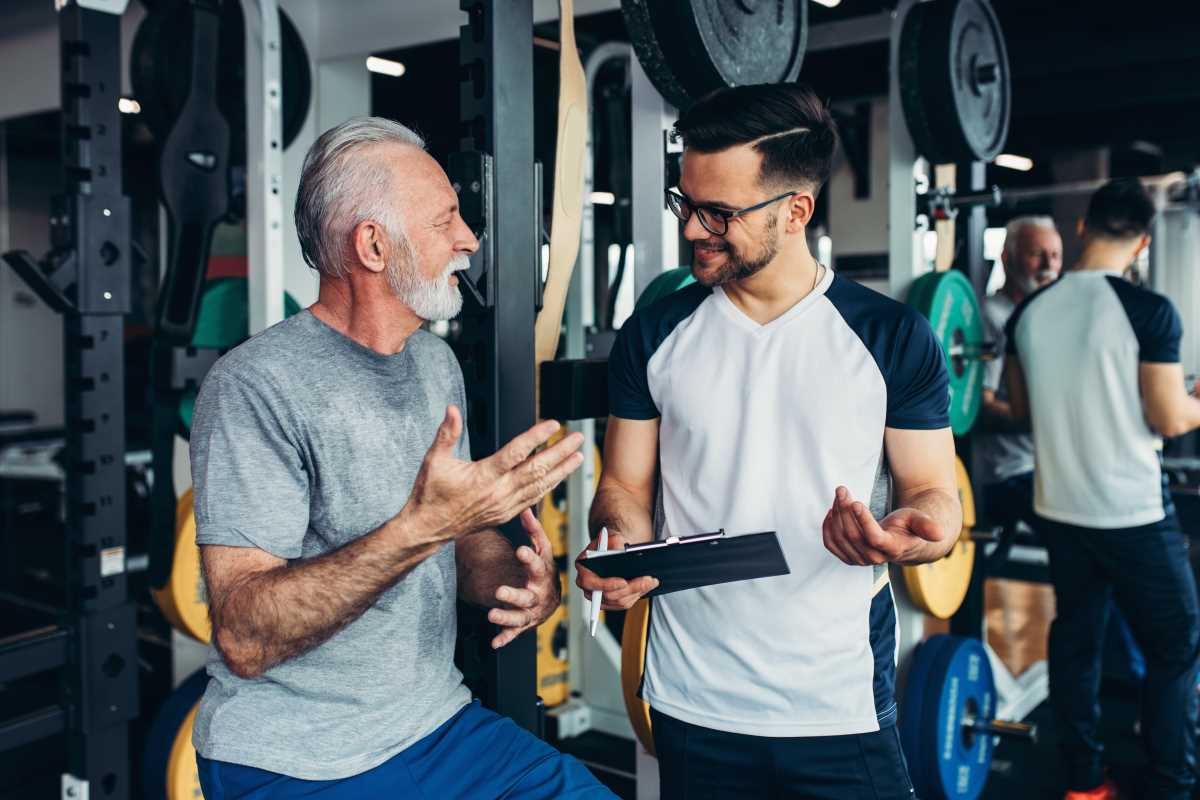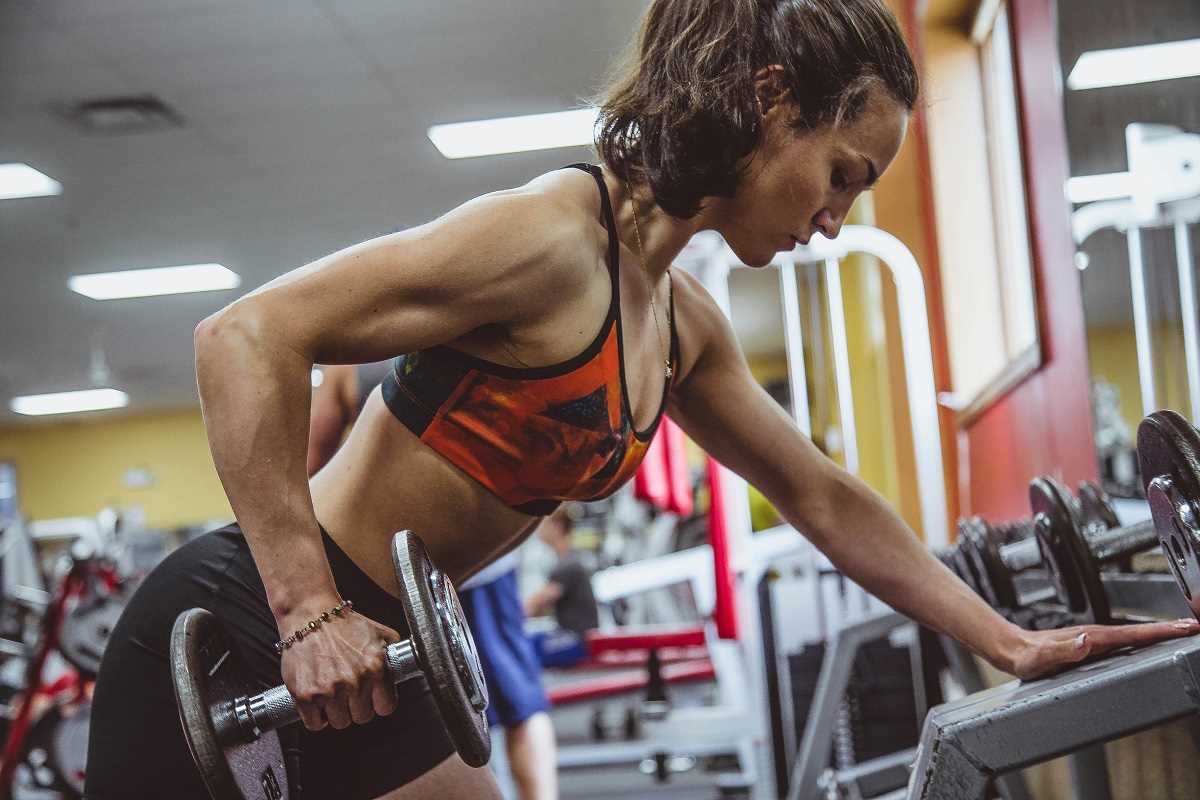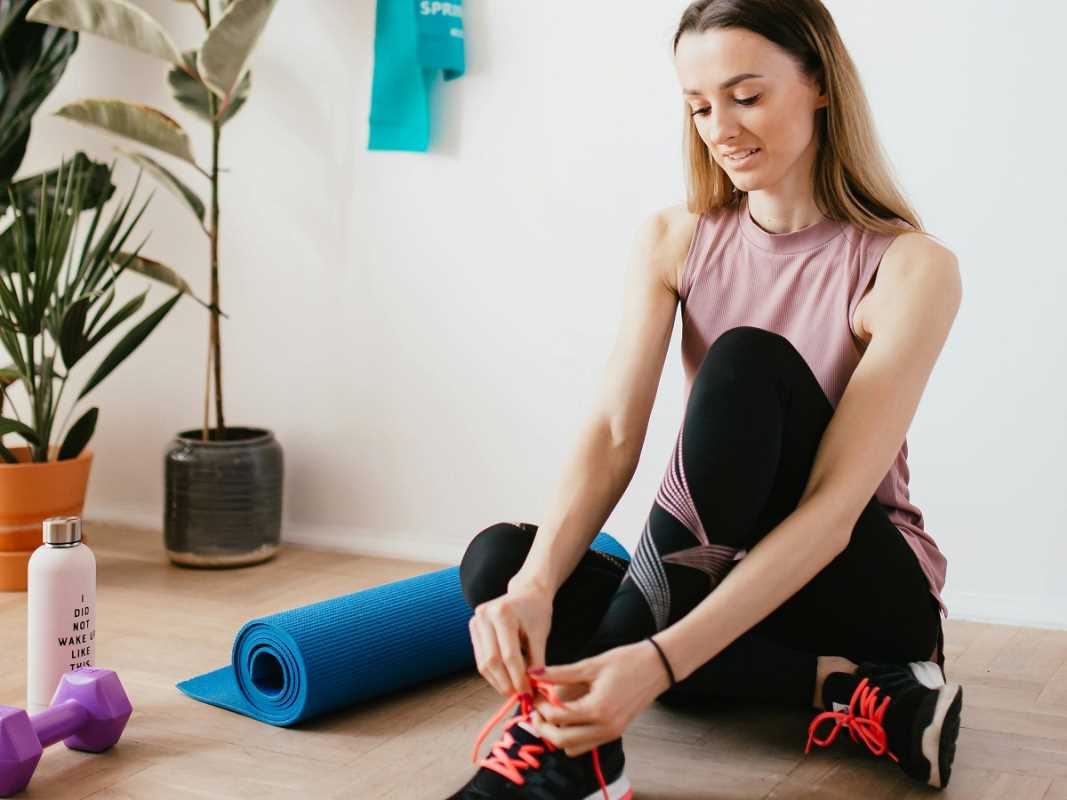Fitness isn't just about how you look. It's about how you feel in your own body. And for those in the LGBTQIA+ community, especially trans and nonbinary individuals, achieving that sense of comfort, alignment, and strength through exercise can have an incredible impact. Enter gender-affirming workouts, a fitness approach that doesn’t just transform your body but also aligns physical activity with your identity and goals.
This blog is here to guide you through the essentials of gender-affirming fitness. From personalized exercise modifications to understanding nutrition and recovery, we're covering everything you need to know. Whether you're looking to flatten your chest, accentuate curves, or simply feel empowered in your body, these tips have got you covered.
Why Gender-Affirming Workouts Matter
Everyone’s fitness goals are deeply personal, but for trans and nonbinary folks, working out often goes beyond strength or endurance. It’s about redefining and affirming their sense of self. Gender-affirming workouts tailor exercises and routines to support the specific goals of transitioning, whether physical, mental, or emotional.
They also help individuals combat dysphoria by focusing on areas of the body that need extra support. For example:
- Building upper-body strength to broaden shoulders.
- Creating curves with glute and hip exercises.
- Flattening areas with core or chest-specific movements.
Gender-affirming workouts also tie into overall mental well-being, as fitness can boost endorphins, reduce anxiety, and build confidence.
Understanding Different Needs Within Gender Identities
No two bodies—or journeys—are alike, which means considering the varying needs and preferences of different identities is crucial. Below are some gender-specific considerations when creating your workout routine.
For Transmasculine and Nonbinary People Seeking Masculine Features
If your fitness goal involves a more masculine appearance, the focus might be on building muscle or flattening areas such as the chest. Exercises would emphasize:
- Upper-Body Strength: Target muscles like your shoulders, chest, and arms with bench presses, push-ups, or pull-ups.
- Cardio with Care: Cardio is great for overall health, but mixing in strength-based movements helps you achieve a ‘bulking’ or broadening effect.
- Chest-Focused Core Work: Exercises like planks or Russian twists can help keep this area toned, minimizing extra bulk that might cause dysphoria.
For Transfeminine and Nonbinary People Seeking Feminine Features
If your aim includes softening or reshaping certain areas, your workouts may target building curves (hips, glutes) while maintaining tone. Consider:
- Lower-Body Work: Moves like squats, hip thrusts, and lunges emphasize glutes and thighs, adding volume to these areas over time.
- Low-Impact Interval Training: This form of cardio helps with fat redistribution without overtraining.
- Core Strengthening: Include exercises like side planks or Pilates-style movements, which can help sculpt a more defined, tapered waist.
Avoiding “One-Size-Fits-All” Training Methods
Whatever your identity or goals, it’s important to make your workouts personal to you. If an exercise routine feels too generic or doesn’t make you feel good, pivot! You deserve a fitness plan that feels affirming and empowering.
Key Exercises and Modifications for Chest, Core, and Lower Body
1. Chest Workouts That Fit Your Needs
Looking to flatten your chest? Or maybe just tone without bulking? Either way, a proper approach can go a long way.
- For Flattening: Incorporate high reps of bodyweight exercises like wall or incline push-ups, which build lean muscle.
- For Toning Without Bulking: Opt for lighter weights with high repetitions when doing chest presses or dumbbell flies.
2. Core Strength for All Goals
Whether it’s sculpting or flattening, your core plays an important role in overall fitness.
- Planks: These are great for everyone. Modify by starting on your knees or add complexity with side planks.
- Leg Raises: A slower pace targets lower-ab muscles, creating a stronger midline.
- Twisting Movements: Russian twists or standing woodchoppers are your go-to for dynamic core engagement and shaping.
3. Glutes and Lower-Body Power Moves
For transfeminine bodies building curves or transmasculine folks looking to strengthen, these moves are versatile and effective:
- Squats: Add weights to build strength or stick with bodyweight squats for lean muscle toning.
- Hip Thrusts or Bridges: These exercises target the glutes directly and can be easily modified for beginners.
- Side-Lying Leg Lifts: Perfect for accentuating the hips over time. Pro tip? Add a resistance band for increased impact.
Don’t Forget Nutrition and Recovery
Fitness is about more than just movement—it’s also about what you consume and how you recover. Supporting your workouts with proper nutrition and rest ensures sustained progress.
- Fuel Your Body: Incorporate nutrient-rich foods that align with your goals. For example, if you’re aiming to build muscle, prioritize lean proteins and healthy carbs.
- Hydration Is Key: Staying hydrated helps your muscles repair faster and reduces feelings of fatigue.
- Rest and Recovery: Don’t underestimate the power of rest days. They’re essential for muscle repair, especially after strength training.
Building a Sense of Community
One of the best parts of the fitness world is finding a community that shares your vibe. Here’s how to connect with resources and build your support system:
- Join Gender-Inclusive Fitness Spaces: Gyms and fitness programs like [insert examples relevant to your location] are explicitly welcoming to LGBTQIA+ individuals.
- Follow Online Resources for Tips: Platforms like YouTube, Instagram, or TikTok have trainers sharing content tailored to gender-affirming fitness.
- Hire Trainers Who Understand Your Goals: A personal trainer well-versed in gender-affirming methods can make all the difference.
Fitness Is More Than Physical—It's Empowering
You don’t have to fit into anyone’s definition of what wellness or fitness looks like. With gender-affirming workouts, every move you make is about strengthening both your body and your identity. Did today’s workout positively impact your mental health? Great! Did it help you feel comfortable in your body? That’s even better.
And if you’re looking for personalized guidance, connect with fitness professionals who specialize in gender-affirming care. Together, you can create a routine that celebrates you.
Remember: This isn’t about fitting into someone else's expectations. It’s about becoming your most empowered self—one rep, one step, and one deep breath at a time.
 (Image via
(Image via




